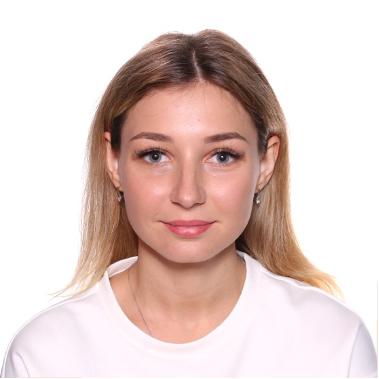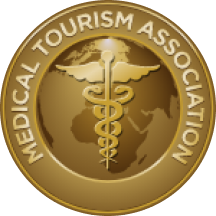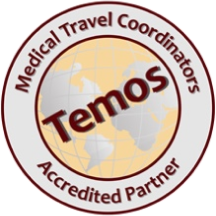Key takeaways:
The price for Arm lift (brachioplasty) in Turkey ranges between £2 040 - £5 820.
The Arm lift (brachioplasty) offers include:
Factors influencing the cost include the extent of surgery, surgeon’s expertise, and the duration of the stay in Turkey.
| Arm lift (brachioplasty) | from £5 910 | from £2 720 |

Viktoriia Ripa, medical editor
This content conforms to the Editorial Policy of Bookimed UK and has been medically reviewed by Viktoria Ripa, a professional dentist. She coordinates care for international patients seeking dental and plastic surgery treatments at Bookimed UK.
Before undergoing an arm lift (brachioplasty) in Turkey, patients must undergo a series of preoperative tests to ensure they are fit for surgery. This typically includes:
Patients are also advised to stop smoking and avoid certain medications that can increase bleeding, such as aspirin, anti-inflammatory drugs, and herbal supplements, for a specified period before and after surgery.
The procedure usually takes between 1 to 3 hours, depending on the extent of the surgery and whether additional procedures are being performed simultaneously.
Recovery from an arm lift can vary, but patients generally can return to work within 1-2 weeks. Full recovery and the resumption of normal activities may take up to 4-6 weeks. Patients are typically advised to wear a compression garment to support and help the arms heal in their new shape.
Post-operative care includes:
Most patients can return to work and light daily activities within 1-2 weeks post-surgery. However, full recovery and the ability to resume all normal activities, including exercise, may take up to 6 weeks.
Typically, patients may require several follow-up appointments post-surgery to ensure proper healing and satisfactory results. These are usually scheduled within a few days after the surgery, then weekly or bi-weekly, and finally a few months post-operation.
Post-operative medications typically include pain relievers and antibiotics to prevent infection. While there’s no specific diet, patients are advised to maintain a healthy, balanced diet to support healing.
Contact your surgeon immediately if you experience severe pain, signs of infection (such as fever, excessive redness, or discharge from the incision sites), or any other unusual symptoms.
The cost of an arm lift in Turkey can vary widely but typically ranges from £2,600 to £3,700. This price usually includes the surgeon’s fee, anesthesia, hospital facilities, post-op medications, and sometimes the cost of a compression garment and transfers. However, accommodation is not included in all packages, so it’s important to check what is specifically covered.
Pain and discomfort can be managed with prescribed pain medications. Keeping the arms elevated can also help reduce swelling and discomfort.
Patients are advised to avoid lifting heavy objects and engaging in high-intensity activities for at least 4-6 weeks. Travel, especially long flights, should be avoided for a few weeks to prevent complications such as deep vein thrombosis.
Scarring is a permanent effect of an arm lift, although it typically fades and becomes less noticeable over time. The scars are generally placed on the inner arms to make them less visible.





Bookimed is an international medical tourism platform founded in 2014. We are made of people and for people — and that’s our core value. We cooperate with simply the best doctors & clinics and work hard every day to make people healthier and happier. Over 800,000 patients used the platform so far. Additionally to our primary activities, we collaborate with charity projects and create supportive communities. Our main office is in Kyiv, Ukraine, still, we’re online 24/7 wherever you are.
The information provided on the website is not a guide to action and should not be construed as medical advice or treatment recommendation, nor should it be considered a substitute for a visit to a doctor.